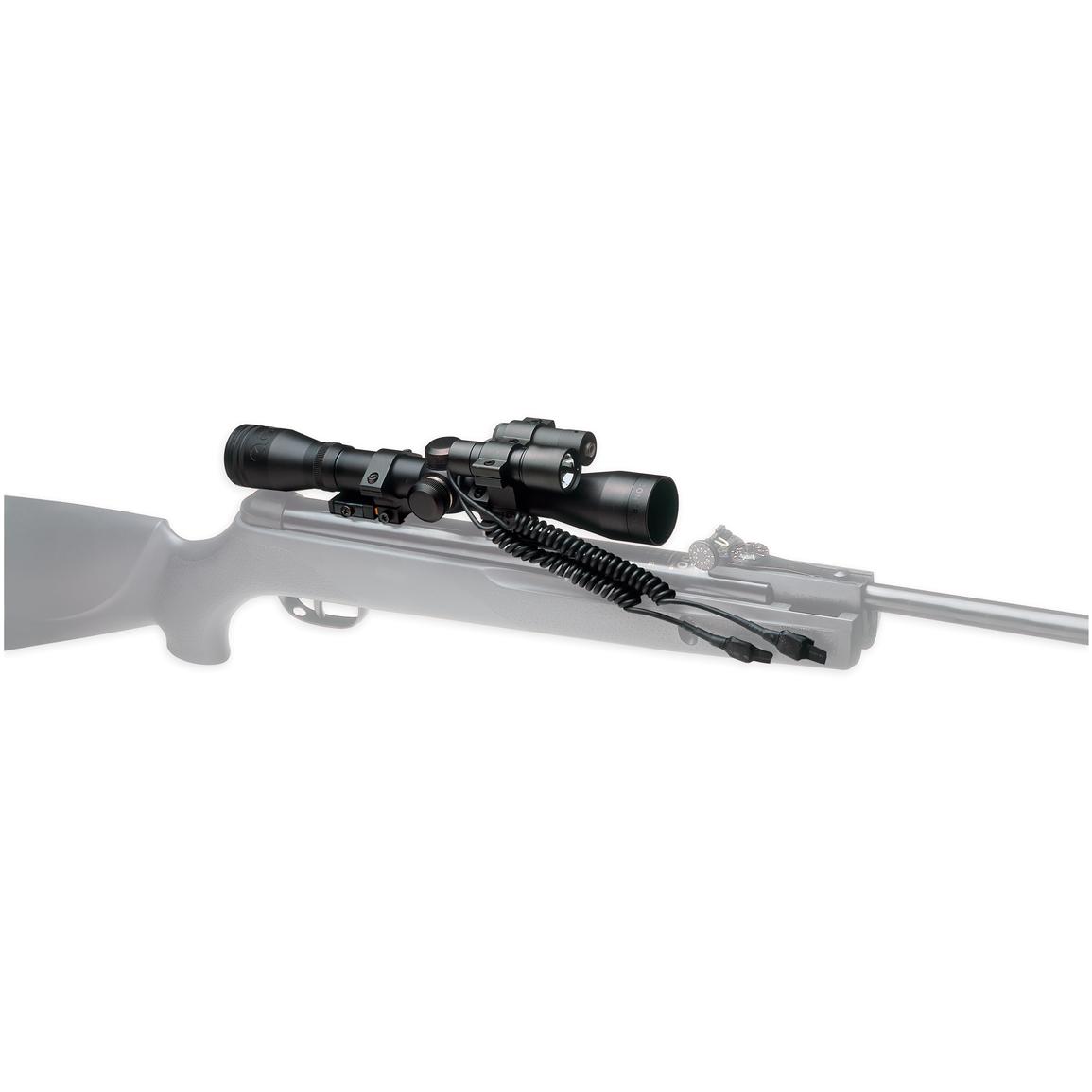Air guns have become more and more popular among marksmanship aficionados for numerous reasons, ranging from targets to controlling pests and even hunting small animals. However, as with any firearm, it's important to know the regulations governing their application in your area. This guide will help you understand the complexities of pellet gun regulations while providing information into selecting the appropriate pellet gun for your requirements.
Whether you are a beginner looking to start a hobby or an experienced shooter seeking a trustworthy and accurate firearm, knowing what to consider when choosing a pellet gun can be crucial. From power sources and sizes to safety elements and build, this piece will cover everything you need to know to make an educated decision while making sure you stay compliant with regulatory requirements. Let’s dive in and explore how to pick the most suitable pellet gun for yourself while adhering to your local regulations.
Picking the Best Pellet Rifle
When choosing a pellet gun, the initial action is to consider your shooting needs and the reason of the gun. Whether https://upright-mango-zhf726.mystrikingly.com/blog/the-prospect-of-pellet-guns-changes-to-watch are planning to use it for wildlife hunting, target shooting, or even pest control, understanding your key objective will influence your choice. Each type of shooting may demand particular features and specifications that can enhance your experience and ensure better results.
Next, reflect on the form of power of the pellet gun. Pellet guns typically operate using three main power sources: spring, CO2, or pre-charged pneumatic (PCP). Each source has specific advantages. Spring-powered guns are often robust and simple to use, while CO2 guns provide ease of use and simplicity of shooting in swift succession. On the other hand, PCP guns offer improved accuracy and consistency but can require more maintenance and starting investment. Balancing these options against your needs will help limit your choices.
Finally, focus on the features that align with your preferences and shooting style. Important features to assess include the caliber of the pellets, the gun's velocity measured in feet per second (FPS), and ergonomic design elements such as grip comfort and overall weight. Additionally, seek out safety features that promote safe use and help safeguard yourself and others. By taking these factors into account, you can make an wise decision when selecting the right pellet gun for your needs.
Main Considerations to Consider
As you choosing a pellet gun, some most important features to evaluate is the method of operation. Pellet guns usually come in three primary types: mechanical, CO2, and PCP (pre-charged pneumatic). Spring guns are commonly dependable and simple to maintain, while CO2 guns offer semi-automatic firing options and are great for plinking. PCP guns, in contrast, offer improved power and accuracy but require an air tank for filling. Understanding how each type works will aid you decide which aligns best with shooting needs and preferences.
A further critical feature is the dimension of the pellets. Caliber impacts both accuracy and power; common sizes include .177 and .22. A .177 caliber is best for target shooting and small pests due to its greater velocity and flat trajectory. Conversely, .22 caliber pellets are better for hunting smaller game, as they deliver more power. Choosing the right caliber is vital for achieving the desired performance in your shooting activities.
Lastly, consider the gun's safety features and ergonomics. Look for versions equipped with automatic safeties, trigger locks, and positive re-cocking mechanisms to enhance safe handling. Additionally, the gun's weight, grip comfort, and overall design greatly affect your shooting experience. Opting for a pellet gun that feels good in your hands and has features that promote safety will lead to improved shooting accuracy and more enjoyment.

Safety and Maintenance Recommendations
Ensuring security while operating a BB gun should consistently be your top priority. Consistently treat your pellet gun as if it were loaded, and never point it at objects you do not plan to shoot. Utilize proper eye protection and remind others nearby to do the same. Be aware of the local laws regarding pellet gun operation in your area to ensure that you are compliant and prudent. Keep your pellet gun securely when not in use, away from children and unauthorized users, and consistently keep it unloaded until you are ready to shoot.
Routine maintenance is key to guaranteeing the longevity and performance of your pellet gun. Clean your barrel regularly to remove any lead residue and dirt that may build up over time. Adhere to the manufacturer's recommendations for maintenance, which may include lubrication or other care tasks. Examine your gun for any signs of wear or damage, especially the seals if you are using a CO2 or PCP powered gun. Consistent upkeep will not only improve accuracy but will also enhance safety during operation.
Familiarizing yourself with the proper handling and maintenance of your pellet gun builds confidence in your abilities as a shooter. Dedicate time in learning how your specific model operates, including safety features and how to disassemble it for cleaning if needed. look here will both enhance your shooting experience but also guarantee that you are responsible and secure in your pellet gun activities.
